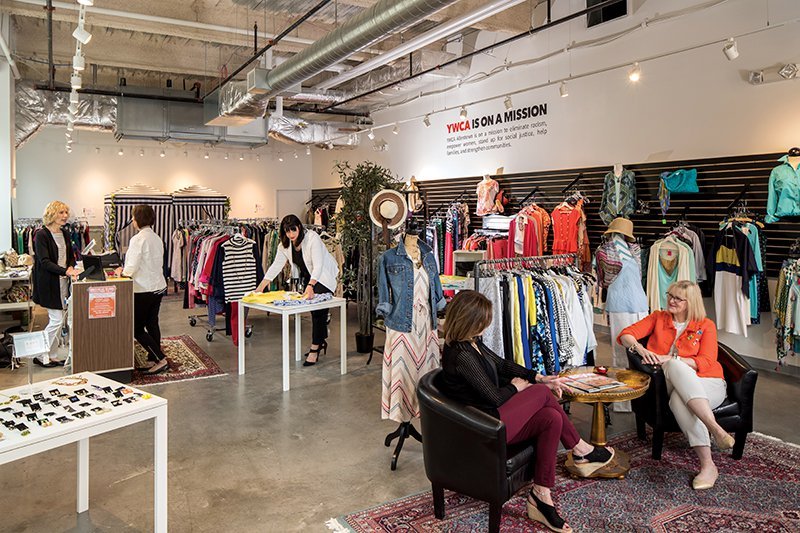Finding the perfect fit in women’s clothing can be challenging. Many factors influence how well a piece of clothing suits you, from body shape to fabric type. Understanding your body measurements and knowing how to shop for various styles can make a big difference. This guide will help you find clothing that fits well and flatters your figure.
1. Know Your Measurements
Start by knowing your exact measurements. Use a tape measure to record your bust, waist, and hip sizes. Also, measure your inseam if you’re shopping for pants. Compare these measurements to size charts available from different brands. Remember, sizes vary between brands, so always check the size chart before buying.

2. Understand Your Body Shape
Understanding your body shape helps you choose clothing that enhances your natural figure. Common body shapes include apple, pear, hourglass, and rectangle. For example, if you have an apple-shaped body, you might prefer tops that drape over your midsection. If you have a pear shape, A-line skirts and dresses can balance your proportions. Knowing your shape allows you to select styles that highlight your best features.
3. Focus on Fit, Not Size
Don’t get fixated on size labels. Fit is more important than the number on the tag. Sizes can vary significantly between brands, and what fits one person may not fit another the same way. Instead of focusing solely on size, try on different garments and see how they fit your body. Aim for clothing that fits well in key areas like the shoulders, bust, and hips.
4. Choose the Right Fabrics
The fabric of your clothing can impact how well it fits. Stretchy fabrics like spandex or jersey can accommodate various body shapes and sizes. On the other hand, structured fabrics like cotton or wool hold their shape and can be less forgiving. When trying on clothes, pay attention to how the fabric drapes on your body. Choose fabrics that feel comfortable and complement your shape.
5. Pay Attention to Proportions
Proportions are crucial for a flattering fit. Ensure that garments are well-balanced and don’t overwhelm your frame. For example, if you’re wearing a voluminous top, pair it with slimmer pants or skirts to create a balanced look. Conversely, if you’re wearing a fitted bottom, a looser top can offer a complementary silhouette. Proper proportions help create a harmonious and visually appealing outfit.
6. Tailoring Makes a Difference
Tailoring can transform clothing from good to great. Consider investing in a few key pieces that you can have altered to fit perfectly. A well-tailored blazer or pair of trousers can enhance your look significantly. Many alterations are relatively inexpensive and can make a huge difference in how your clothes fit and feel.
7. Try Different Styles
Experiment with different styles and cuts to find what works best for you. Don’t be afraid to try on clothes that you wouldn’t normally pick. Sometimes, a style you thought wouldn’t work might look fantastic when you try it on. Keep an open mind and be willing to explore various options to discover what suits you best.
8. Pay Attention to Details
Details like seam placement, waistband width, and sleeve length can impact how well clothing fits. Look for garments with adjustable features, such as belts or drawstrings, for a customizable fit. Check for well-placed seams and patterns that align with your body shape. Small details can make a big difference in achieving a perfect fit.
Final Thoughts
Finding the perfect fit in women’s clothing involves more than just knowing your size. Understanding your measurements, body shape, and fabric types will help you make better choices. Focus on fit, not size, and consider tailoring for a customized look. By paying attention to proportions, experimenting with styles, and noticing details, you can find clothing that flatters your figure and enhances your confidence. With these tips, you’ll be well on your way to creating a wardrobe that fits you perfectly.
